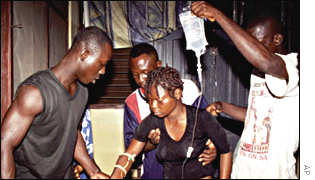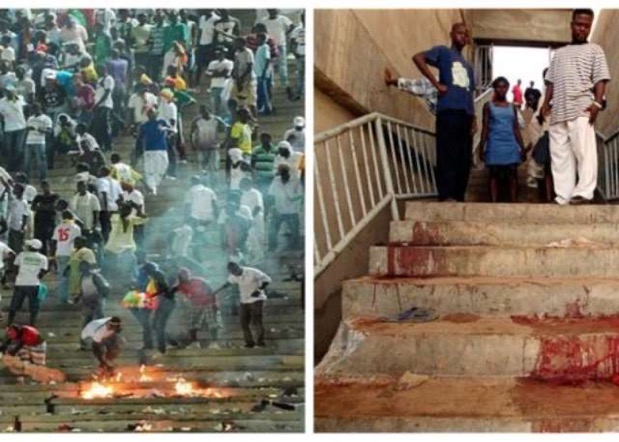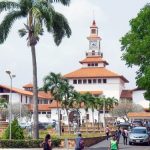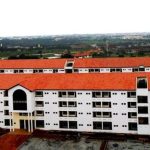The Ghanaian football fraternity will always tag the May 9th event at the Accra Sports Stadium as the darkest happening recorded in recent years as bitter rivals Asante Kotoko and Accra Hearts of Oak squared off in the Ghana Premier League.
The event took the lives of about 127 people, making it the worst stadium disaster to have ever occurred in Africa and also the third deadliest calamity in the history of football behind the Estadio Nacional tragedy in Peru and Kanjuruhan Stadium disaster in Indonesia.
What happened?
On May 9, 2001, twenty-three years ago, thousands of passionate men and women trooped to the Accra Sports Stadium to see the match between Accra Hearts of Oak and Kumasi Asante Kotoko, the most significant local league match in the country.
Ghana’s two most successful football teams, faced off on that particular day. Authorities had increased security as they expected crowd unrest.
After Hearts of Oak scored two goals in the dying minutes of the game, the referee signalled a 2–1 victory for the Phobians, which infuriated the Kotoko supporters, who threw plastic seats and bottles onto the pitch to express their frustatrations
In response, the cops fired tear gasses into the throng. As fans attempted to flee, chaos and a stampede broke out.
The stadium’s poor design resulted in a bottleneck with fewer exits than intended, and the gates were locked.
Following the one-hour experience, it was discovered that 10 fans had died from trauma and 116 had perished from compressive asphyxia.
Abdul Mohammed, a passionate fan, was taken to a morgue after passing out from the tear gas, where it was assumed he had died. Someone traversed on his foot and he regained consciousness , just escaping being buried alive.
Since the event occurred close to the conclusion of the game, reports state that medical personnel had already departed the stadium. There were numerous locked gates that made escape impossible for fans.
Then deputy Minister Of Youth and Sports, Joe Aggrey, called the incident “devastating,” describing mounds of dead people on the stadium’s floors in an interview with BBC.

The aftermath of the event had an official enquiry stating that Police were found to have overreacted, behaving recklessly and firing tear gas and plastic bullets without cause.
Additionally, it charged certain officers with lying and unjustifiable negligence. Six law enforcement officials were accused of 127 manslaughter counts.
The prosecution had not proven its case, the court decided, and it was possible that the stampede, not the tear gas, was what caused the suffocation.
The commission of inquiry suggested creating statewide rapid reaction teams and enhancing stadium security and first aid facilities.
H.E. John Agyekum Kufuor, the then president of Ghana, declared three days of national mourning right away. An inquiry panel was established, and a nationwide introspection process followed.
Subsequently, play in the Ghana Premier Football League was halted for a month.
The Accra Sports Stadium, six years later (2007) was refurbished to meet FIFA Standards, which then hosted the grand finale of the 2008 African Cup of Nations.
Just as it was in the early years of the 21st century, the stadium is once again in a state of despair as major parts of the facility is corroded due to its proximity to the Atlantic Ocean.
–
Story by: Augustine Quansah| univers.ug.edu.gh




